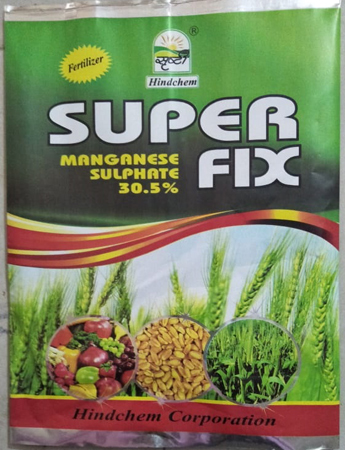
Manganese (Mn) is an important plant micronutrient and is required by plants in the second greatest quantity compared to iron. Like any other element , it can have a limiting factor on plant growth if it is deficient or toxic in plant tissue . It is similar to iron in many ways, and manganese deficiency or toxicity is often mistaken for iron deficiency or toxicity.
Function: Manganese is used in plants as a major contributor to various biological systems including photosynthesis, respiration, and nitrogen assimilation. Manganese is also involved in pollen germination , pollen tube growth, root cell elongation and resistance to root pathogens.
Deficiency: Manganese deficiency symptoms, which often look like those of iron deficiency, appear as interveinal chlorosis (yellow leaves with green veins) on the young leaves, and sometime tan, sunken spots that appear in the chlorotic areas between the veins.
Plant growth may also be reduced and stunted. Manganese deficiency can occur when the pH of the growing medium exceeds 6.5 because it is tied up and unavailable for uptake Deficiency can also occur from low fertilizer application rates ,use of general purpose fertilizers(which typically have reduced micronutrient contents) excessive leaching or applying to many iron chelate drenches.
Manufacturing
- Roots Gold (Mycorrhizae)
- Pota Rise (Mycorrhizae)
- Maagnet PROM (Phosphate Rich Organic Manure)
- NPK 19.19.19
- NPK 13.00.45
- NPK 12.61.00
- NPK 00.52.34 Mono Potassium Phosphate
- 00.00.50 Sulphate of Patash
- Calcium Nitrate: N15.5%, CA18.8%
- Phose Up
- Liquid Zinc
- FERROUS EDTA
- Lemon Zinc 12%
- BORON
- MAGKARANTI
- IRON
- SUPER FIX
- S SARDAR G
- S SARDAR-G LIQUID
- BLACK DIAMOND 98
- FUTARA
- JAVA PREMIUM
- LIQUID POTASH